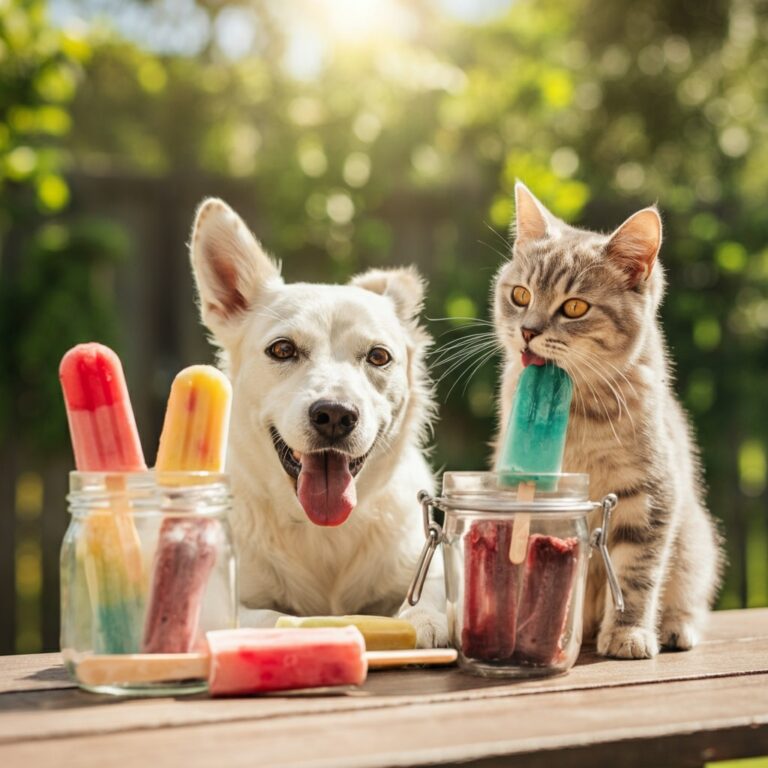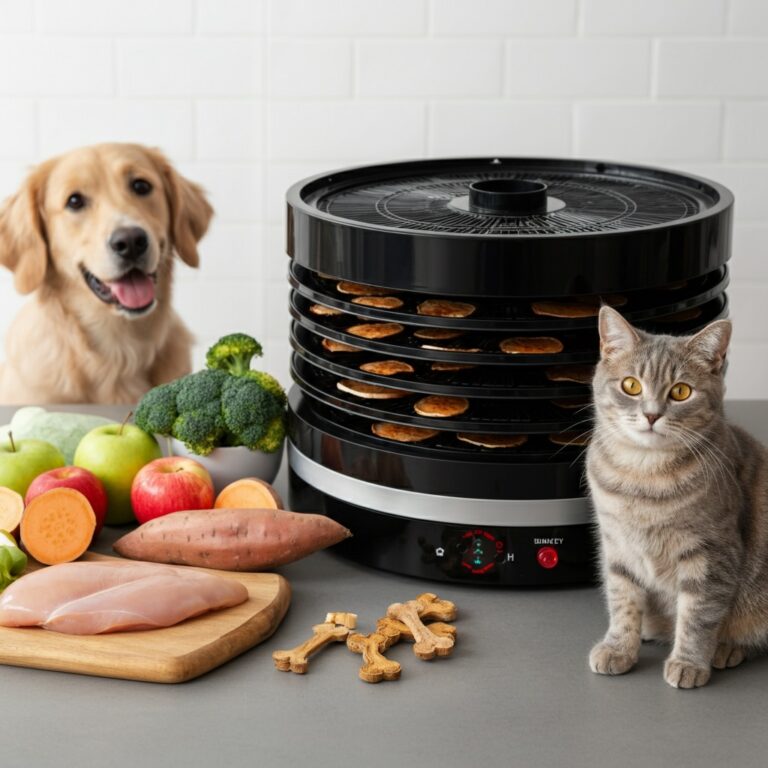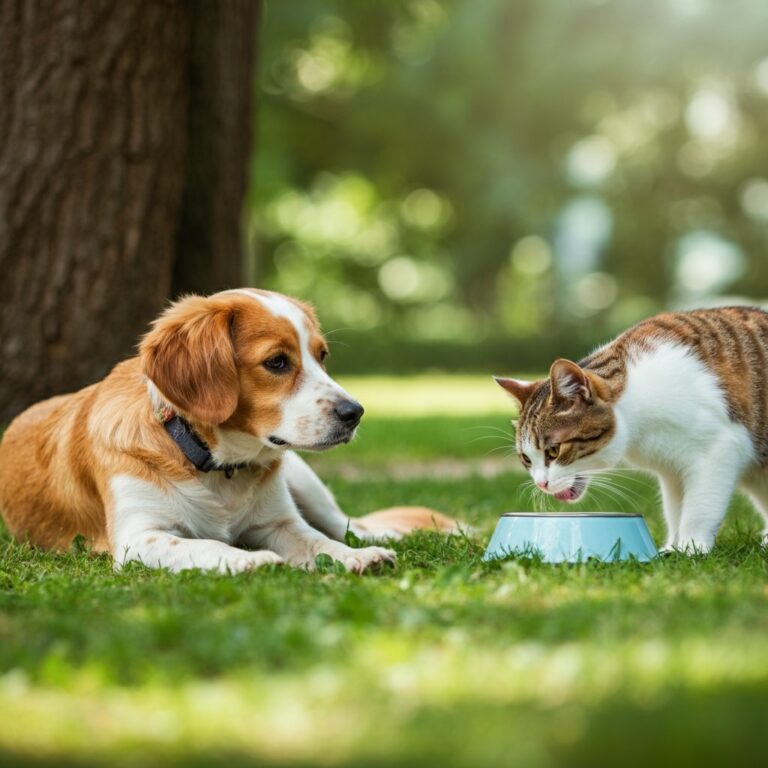
Feeding your pets is one of the most important decisions as a pet parent. With such a wide variety of options, pet owners often wonder if mixing wet and dry pet food is a good idea. Choosing the right combination can ensure your furry friend stays happy, healthy, and energetic.
This blog explores whether mixing wet and dry food is the right choice for your pet, breaking down the pros and cons, offering tips on how to do it properly, and answering common concerns. By the end of this guide, you’ll have a clear understanding of how both types of food can complement each other and meet your pet’s nutritional needs.
Why Pet Owners Consider Mixing Wet and Dry Food
Wet food and dry food each have advantages, but they cater to different needs. Some pet owners find that a mix of both gives their pets the best of both worlds. Before we look at the pros and cons, it’s worth understanding the key characteristics of each type of food.
Benefits of Wet Food
Wet food is rich in moisture and has a high protein content, making it an excellent choice for hydration and palatability.
- Hydration: Wet food can be especially beneficial for pets that don’t drink enough water. Cats, in particular, are known for being picky drinkers, and wet food helps meet their water intake needs.
- More Appetizing: Wet food tends to be more flavorful and aromatic, making it ideal for picky eaters.
- Nutrient Density: Many wet food options provide high-quality protein and essential nutrients in a concentrated form.
Benefits of Dry Food
Dry food, on the other hand, wins points for its convenience and dental health benefits.
- Cost-Effective: Dry food is usually more budget-friendly and has a longer shelf life.
- Dental Health: Its crunchy texture can help reduce plaque and tartar, contributing to better oral hygiene.
- Convenience: You can leave dry food in the bowl without worrying about spoiling, making it great for busy pet owners or free feeding.
The Pros of Mixing Wet and Dry Food
1. Enhanced Taste and Variety
Mixing wet and dry food makes meals more appealing to pets, especially those with specific taste preferences. The combination adds texture and flavor variety, which can encourage picky eaters to finish their meals.
2. Balanced Nutrition
A mix of wet and dry food ensures your pet gets a combination of benefits, such as the hydration provided by wet food and the teeth-cleaning benefits of dry food.
3. Catering to Specific Health Needs
Some pets may have health conditions, like kidney issues, that require extra hydration from wet food. Meanwhile, dry food can support dental health, especially in pets prone to plaque buildup.
4. Flexibility in Meal Planning
Mixing foods allows for meal customization to suit your pet’s preferences while controlling calorie intake more effectively. For instance, you can use a smaller amount of wet food as a topper for calorie-dense dry kibble.
The Cons of Mixing Wet and Dry Food
1. Risk of Overfeeding
Combining wet and dry food can inadvertently increase calorie intake, leading to weight gain if portion sizes aren’t carefully managed.
Continues after advertising
2. Cost Considerations
Wet food tends to be more expensive than dry food, and mixing the two can increase the overall cost of your pet’s diet.
3. Potential for Spoilage
If the mix of food isn’t consumed quickly, wet food left in the bowl can spoil, posing a risk to your pet.
4. Dietary Imbalance
If not done correctly, mixing foods could lead to an imbalance in your pet’s nutrition. It’s crucial to consult your veterinarian to ensure a balanced diet.
Tips for Mixing Wet and Dry Food
If you decide to mix wet and dry food for your pet, here are some helpful tips to get started:
Start Gradually
Introduce the combination gradually to avoid digestive upset. Begin by mixing a small amount of wet food into the dry food and slowly increase the wet-to-dry ratio over a week or so.
Follow Portion Guidelines
Pay attention to portion sizes and calorie counts to prevent overfeeding. Most pet food brands provide portion size recommendations on their packaging based on your pet’s age, weight, and activity level.
Consult Your Veterinarian
Speak with your vet about your pet’s specific nutritional needs, especially if your pet has a medical condition or dietary restrictions.
Invest in Quality Brands
Choose high-quality wet and dry food from reputable brands, ensuring they meet AAFCO (Association of American Feed Control Officials) guidelines for pet nutrition.
Practice Proper Handling
Serve the mixed food immediately to prevent spoilage. Clean your pet’s bowl thoroughly after every meal to maintain hygiene.
Is Mixing Right for Your Pet?
Mixing wet and dry food is not a one-size-fits-all solution. While many pets benefit from the combination, it’s essential to consider factors like your pet’s age, activity level, weight, and overall health. Puppies, senior pets, and those with specific medical conditions may have unique requirements.
If you’re unsure whether mixing is right for your pet, schedule a consultation with your veterinarian.
Read More👉 How to Create a Daily Dog Routine for a Balanced Life
Final Thoughts on Mixing Wet and Dry Food
Combining wet and dry food can be a win-win solution for many pets, offering variety, enhanced nutrition, and improved taste. However, it’s important to be mindful of portion control, food quality, and your pet’s unique needs to ensure they are getting the best possible diet.
Want a personalized nutrition plan for your pet? Explore our website for expert advice, detailed product reviews, and curated recommendations to help you make the best choice for your furry friend’s meals.






